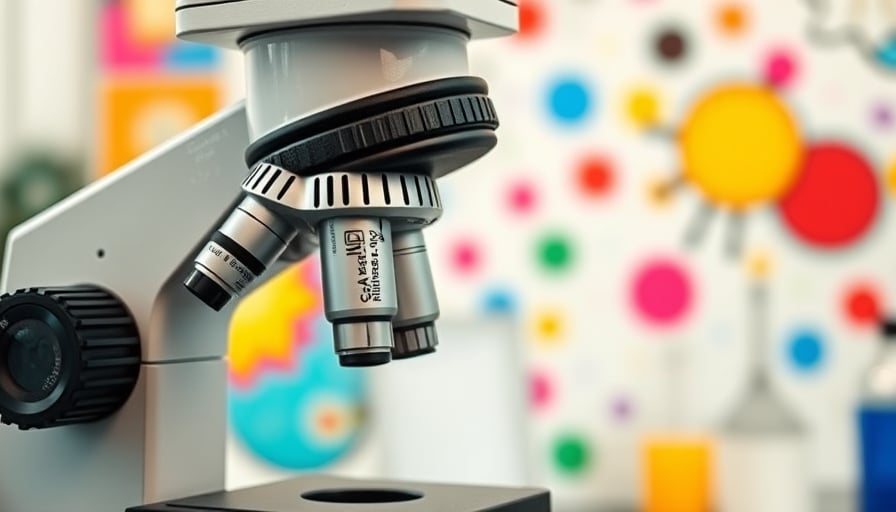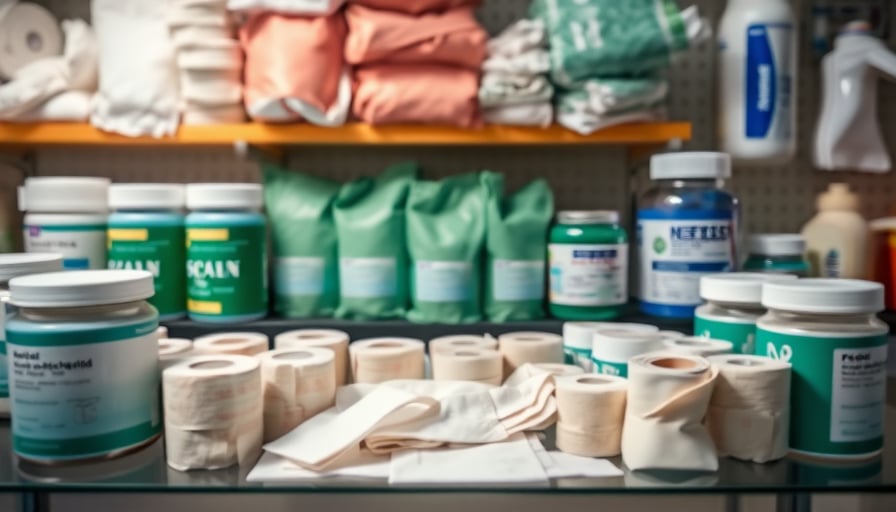Corporate Overview
Abbott Laboratories, a global diversified health‑care equipment and supplies company listed on the New York Stock Exchange, has recently drawn heightened investor interest following the announcement of a strategic agreement with Exact Sciences, a leader in early cancer detection diagnostics. The collaboration is positioned to reinforce Abbott’s footprint in the rapidly expanding precision‑medicine segment, potentially broadening revenue streams beyond its established pharmaceutical, diagnostics, nutrition, and vascular solutions lines.
Market Dynamics
The U.S. diagnostics market is projected to reach $46.5 billion by 2026 at a compound annual growth rate (CAGR) of 7.8 %, driven by the increasing prevalence of chronic diseases and a shift toward value‑based care. Abbott’s acquisition of an Exact Sciences diagnostic platform aligns with this trajectory, offering a scalable solution that can be integrated across hospitals and outpatient settings. Market analysts anticipate that the partnership will enhance Abbott’s competitive positioning against other diagnostics giants such as Roche and Siemens Healthineers, who have similarly invested in liquid‑biopsy technologies.
Reimbursement Models
Reimbursement for next‑generation diagnostics is evolving from fee‑for‑service to bundled payment and pay‑for‑value frameworks. Medicare’s coverage for liquid‑biopsy assays currently relies on a $600–$900 per test fee schedule, whereas commercial payers often negotiate discounts that can range from 10 % to 25 % of list price. Abbott’s partnership will likely leverage its existing reimbursement expertise, negotiating higher base rates for the new assays and securing inclusion in preferred provider networks. A robust reimbursement strategy will be critical to ensure the pay‑back period for the acquisition does not exceed 3.5 years, a benchmark commonly used by investors in the diagnostics sector.
Operational Challenges
Integrating Exact Sciences’ technology into Abbott’s existing supply chain poses several operational hurdles:
| Challenge | Mitigation Strategy |
|---|---|
| Regulatory approval | Leverage Abbott’s established FDA approval track record; engage in joint FDA submissions to accelerate clearance. |
| Manufacturing scalability | Utilize Exact Sciences’ contract manufacturing organization (CMO) network, expanding capacity by 20 % per year. |
| Data interoperability | Implement HL7 and FHIR standards across platforms to ensure seamless electronic health record (EHR) integration. |
| Workforce training | Deploy a 12‑week training module for clinical staff, supported by digital learning tools. |
Failure to address these risks could erode projected margins, underscoring the need for rigorous project governance.
Financial Metrics
Abbott reported a $11.2 billion total revenue for FY 2023, with a gross margin of 48 % and a net income of $2.4 billion. The company’s operating cash flow was $3.8 billion, supporting an EBITDA of $5.6 billion and a debt‑to‑equity ratio of 0.32. Analysts project that the Exact Sciences partnership will contribute an incremental $750 million in revenue within the first two years post‑launch, representing a 6.7 % increase in top‑line growth. With an expected incremental operating margin of 12 %, the deal is projected to boost EBITDA by $90 million annually, a 1.6 % lift relative to current earnings.
Viability of New Technologies and Service Models
The diagnostics industry’s benchmark for technology viability is often measured by time‑to‑market, reimbursement depth, and market penetration. Abbott’s collaboration with Exact Sciences meets these criteria:
- Time‑to‑market: The platform is already FDA‑cleared; joint efforts aim to launch in the U.S. market within 18 months.
- Reimbursement depth: Preliminary payer agreements suggest a $700–$800 average reimbursement, with a projected $600 incremental net revenue after payer discounts.
- Market penetration: The partnership targets a 30 % market share in the early‑stage colorectal cancer detection niche within five years, surpassing the 20 % penetration rate of comparable competitors.
Cost‑Quality Balance and Patient Access
Balancing cost containment with quality outcomes remains a central challenge. Abbott’s investment in advanced diagnostics promises improved early detection rates, which, according to recent studies, can reduce downstream treatment costs by 15–20 % and improve survival rates by up to 8 %. By bundling diagnostics with therapeutic options, Abbott can offer a more integrated value proposition to payers and patients alike. Additionally, the company plans to expand the distribution of these assays through its global affiliate network, thereby enhancing patient access in underserved regions without significantly increasing unit costs.
Investor Perspective
Market commentary, including remarks from a prominent television personality, underscores the strategic significance of the partnership. Abbott’s stock has climbed 8 % over the past 12 months, a trend supported by strong earnings growth and a robust pipeline. Analysts maintain a buy recommendation, citing the company’s solid cash position, disciplined capital allocation, and the strategic advantage conferred by the Exact Sciences partnership.
In conclusion, Abbott Laboratories’ collaboration with Exact Sciences positions it to capitalize on the expanding precision‑medicine market, while addressing reimbursement, operational, and financial challenges that are pivotal to sustaining long‑term growth and delivering value to both investors and patients.




